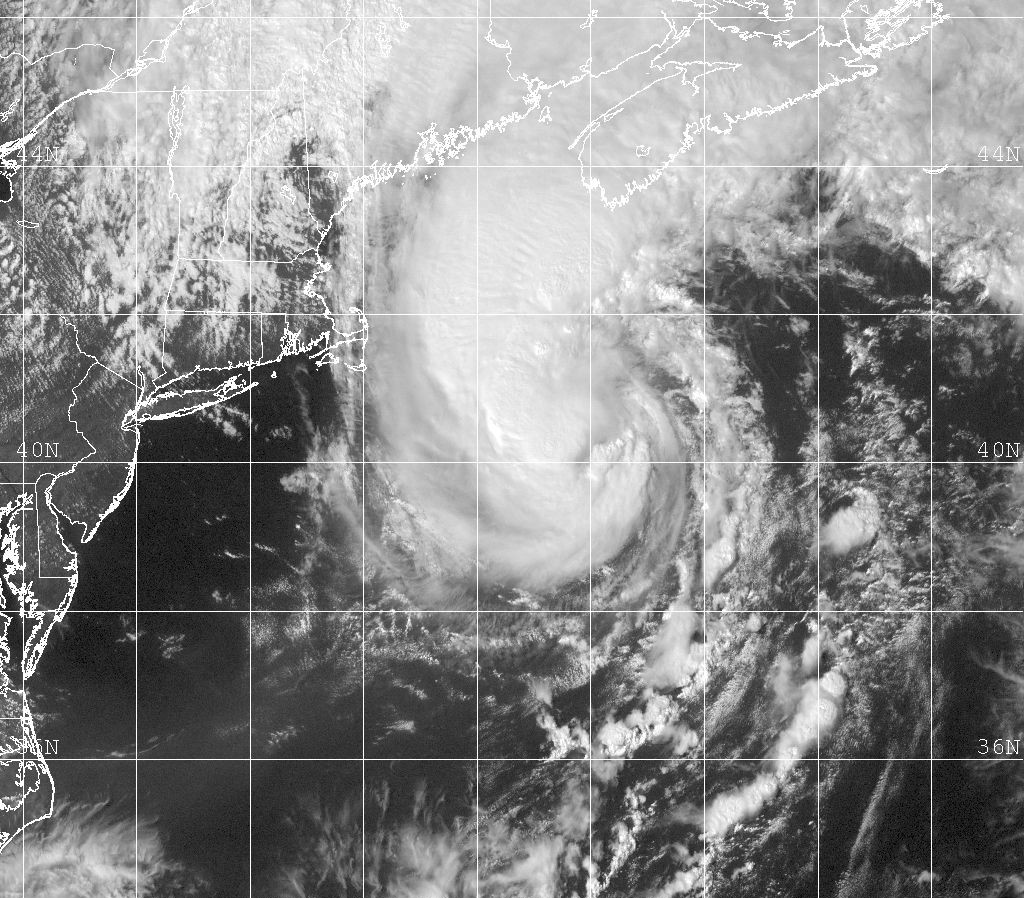 After Ike, thousands of Houston residents and evacuees found themselves without power or refrigeration - and so without food.
After Ike, thousands of Houston residents and evacuees found themselves without power or refrigeration - and so without food.Within days, Texas officials made an emergency request to Washington to relax eligibility rules for the federal Food Stamps Program, our nation's front-line defense against hunger.
State offices were soon flooded with hungry applicants, and the system strained to accomodate the new rules and crowds. Many were first-time applicants who never thought they would see such a day. "I got pride, but I got to swallow it," said Channelview resident Ron Schultz, who said he'd never applied for government assistance before. "I got kids. You got to do it."
Schultz's stepdaughter, Monica Recio, echoed a common myth about food stamps. "I don't really like it because I think it's for people on the streets," she said, not realizing that most recipients are families with children. "But right now, we need it."
Many others who camped out overnight for help were frustrated by the program's stringent qualifications, which disqualified them even though they had lost their homes and livelihood. Galveston resident Catherine Fisher fumed, “Some of us have worked and paid taxes for 30 years and now we can’t get a bubblegum.”
Despite losing everything, families making more than 130% of the poverty line ($22,880 for a family of three) found they were still considered "too rich" for help.
.jpg)

 The line of cars snaking out from the
The line of cars snaking out from the  Food banks across the state are doing likewise, but these charities are finding that they can't manage alone. Thankfully, help is coming from both the private and public sector to stem this tide of need.
Food banks across the state are doing likewise, but these charities are finding that they can't manage alone. Thankfully, help is coming from both the private and public sector to stem this tide of need.






